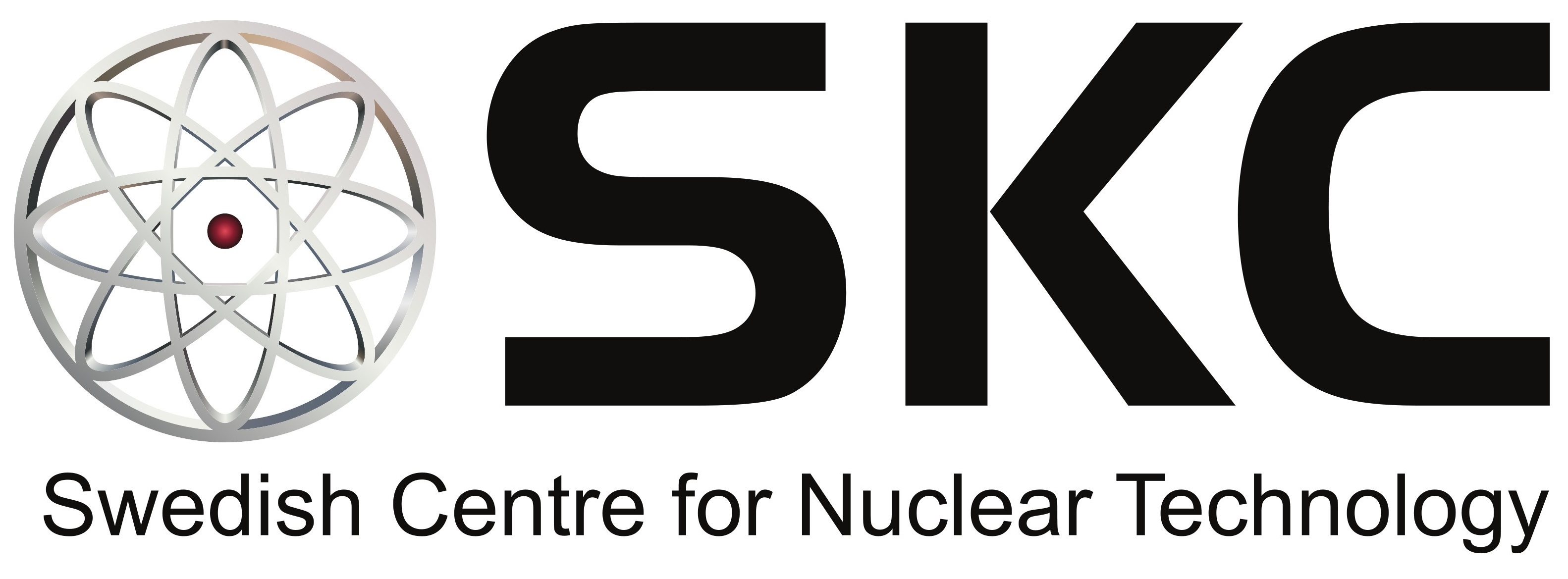Corrosion fatigue in LWR environment at cyclic thermal and mechanical loads

Research host
KTH Royal Institute of Technology, Department of Engineering Mechanics, Unit of Solid Mechanics
Research done by doctoral student
Mustafa Subasic
Main supervisor
Pål Efsing
Co-supervisor
Carl Dahlberg
Jean Smith
Formal project start
2020-08-17
Expected time of completion
2025-08-31
Discipline
Solid Mechanics
Keywords
Corrosion fatigue; Environmental degradation; Fatigue initiation; Hollow pipe specimen; Cyclic thermal and mechanical loads
Motivation
Corrosion fatigue is a well-known degradation phenomenon in structural materials that may develop as a consequence of long-time exposure of components to cyclic thermal or mechanical loads at the presence of an aggressive environment in many industrial applications. If left unattended it will result in failures of the affected components. One such application is the piping systems in nuclear power plants where the water introduces an increased environmental risk for fatigue initiation. The existing Swedish nuclear power plants rapidly approaches the originally assumed service life of 40 years. The remaining 6 nuclear power plants in Sweden all have programs for life extension from 40 to 60 years, called Long Term Operation, LTO. The overall research objective is to add knowledge about the degradation mechanism, which can be used by the plant operators and the regulatory body during assessment of the readiness for LTO of the Swedish nuclear power plants. The objective of the project is to develop an improved risk and life prediction method for corrosion fatigue in the pipe systems.
The project results will be distributed to the engineers working at the Swedish nuclear power plants for review and dissemination. The overall goal is that the results together with other available sources of data can lead to improved assessment tools and methods against corrosion fatigue at mixing points and systems with stagnant and/or turbulent flow. It will as part of the nuclear utilities on-going LTO-programs assist in the establishment of a solid basis for in-service inspection programmes and give improved data for decision on repair or replenishment of pipe joints. The knowledge on corrosion fatigue risk at Swedish nuclear power plant conditions will supply SSM with better understanding for the risk of rupture and improved judgement of safety margins. Based on these improvements SSM will be able to enhance proactive safety work at the utilities.
Key findings thus far
A comprehensive thermomechanical characterization of the 304L stainless steel has been performed including metallography, mechanical testing such as tensile, cyclic, fatigue and crack growth tests. The cyclic plasticity and hardening mechanisms have been modelled. The experimental setup for the corrosion fatigue tests has been designed and constructed. The corrosion fatigue tests are currently running at Studsvik. The modelling work for corrosion fatigue has commenced where the idea is to utilize and implement a FEM crystal plasticity model coupled with anodic slip dissolution.
Publications from this project
No publications so far.
Collaboration partners
The corrosion fatigue experiments are carried out at Studsvik Nuclear AB in Nyköping. The project leader assisting with the experiments is Martin Bjurman, specialist in aging of structural materials at Studsvik.
Electric Power Research Institute (EPRI) have provided financing to the project for additional experiments to be carried out. Jean Smith, program manager at EPRI, is also my co-supervisor and mainly assisting with questions related to the corrosion fatigue experiments.
